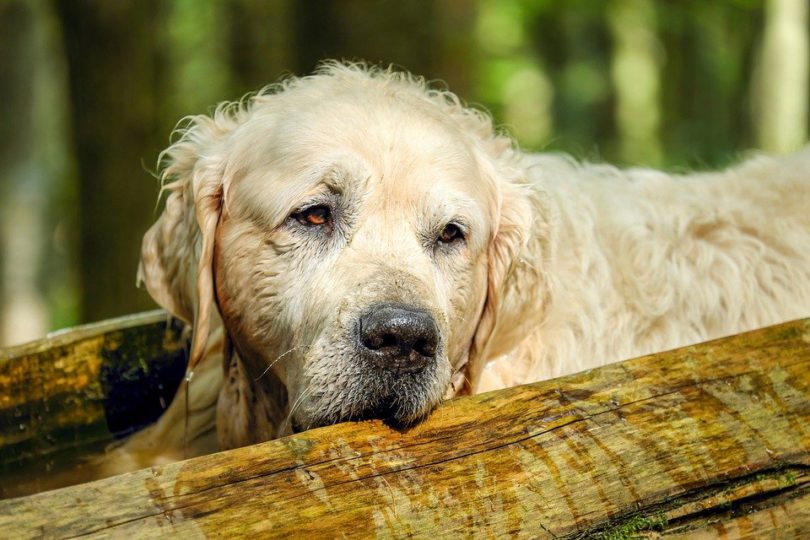As your precious pup who has been by your side for so long, so many precious memories shared, watching your dog lose its memory can be tough to watch. Dogs are such an essential part of our life, and spending time with them can be the kind of life-changing experience we always wanted and needed. Still, when you notice your dog might not be doing too well physically, you might begin to worry about how you can best care for them in future.
The most important thing you can do is watch out for signs of mental decline. What, then, are the most common signs of dog dementia?
Lack of familiarity
The first and most worrying sign you will notice is how your dog feels as if it is in a new place when it is simply in a location it would normally call home. If you notice your dog has a poor sense of where it is, then it might be a sign that your dog is beginning to suffer.
Spatial issues
Another common sign is noticing that your dog has a poor handle on where it is. It is common to see your dog wander behind the sofa or somewhere it might not normally go, only to see it stop and look increasing confused as to how it got there, or how to get out.
More worryingly, you might notice your dog simply sitting staring at the wall as opposed to being comfortable in bed. If you find your dog appearing in increasingly odd locations, you might wish to get them checked out for dementia.
Insular responses
If your dog used to be a happy-go-lucky hound who interacted with everyone and anything, you might notice them becoming increasingly ratty and insular. They might not enjoy the comfort of others as they used to, and they might start growling more often – even at friendly animals and children. If you see them snapping or lashing out at anyone they would normally be fine with, though, it should be an immediate red flag.
The most common worry, though, is when your dog stops being intrigued by visitors. If your dog seems to take no notice of things like door bells and phones ringing, then it is a sign that your dig might be suffering from issues.
Lack of physical desire
The biggest worry, though, is when your dog stops to respond positively to things like walks, playing with toys, or playing with a ball. This is when you should immediately start to look out for help. A dog that shows no interest in being physical active is a dog with something so heavy weighing on their mind that it is limiting their ability to take part in things and find any meaningful joy.
At that point, it would be a wise idea to get you dog treatment and care as soon as possible. The road ahead, unfortunately, is likely to be a challenging one. Together, though, you can make the most of the time and the abilities that your dog still has. The most important to do, though, is face up to the reality and get the treatment, care, and assistance that your canine needs.

